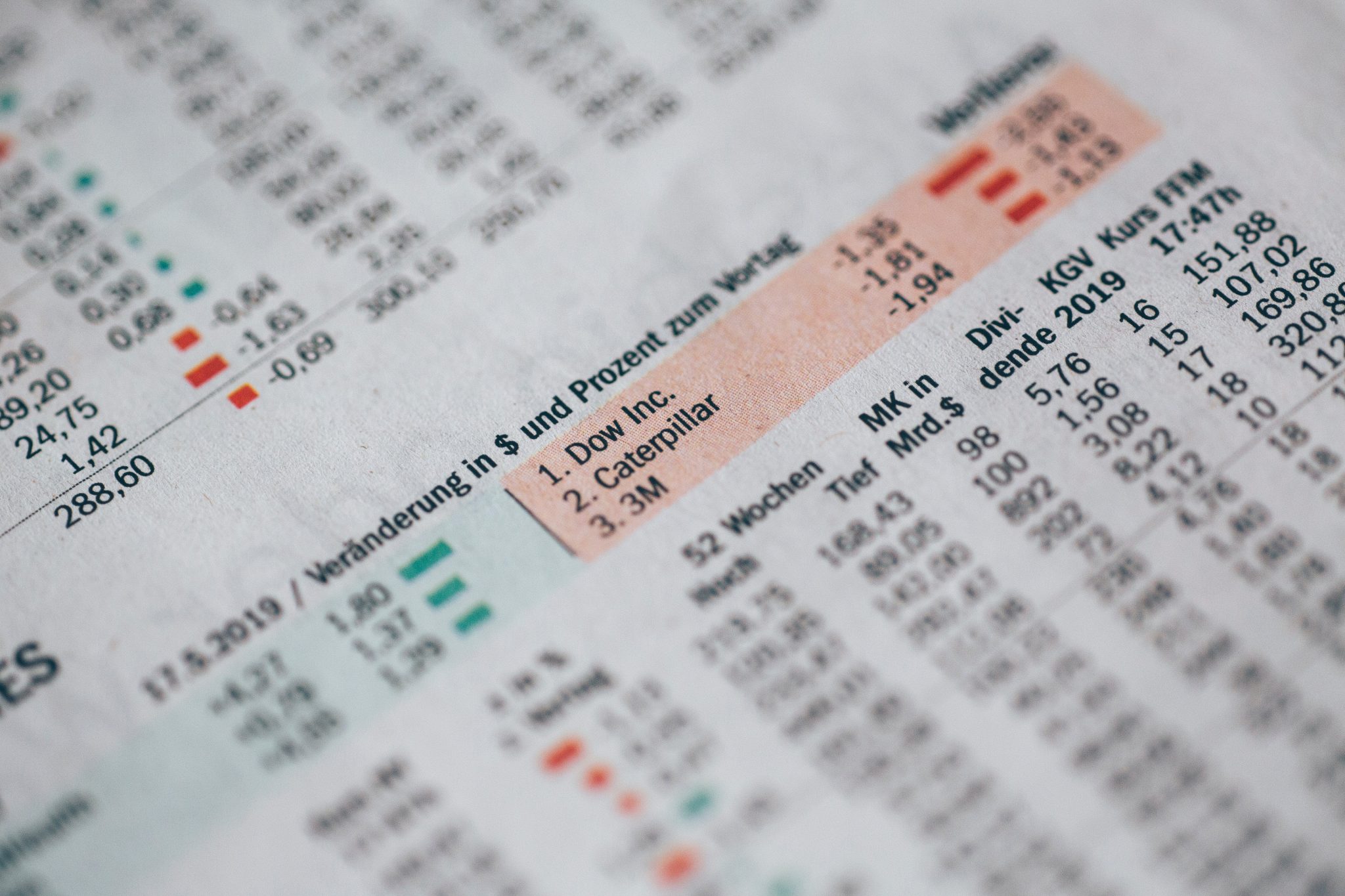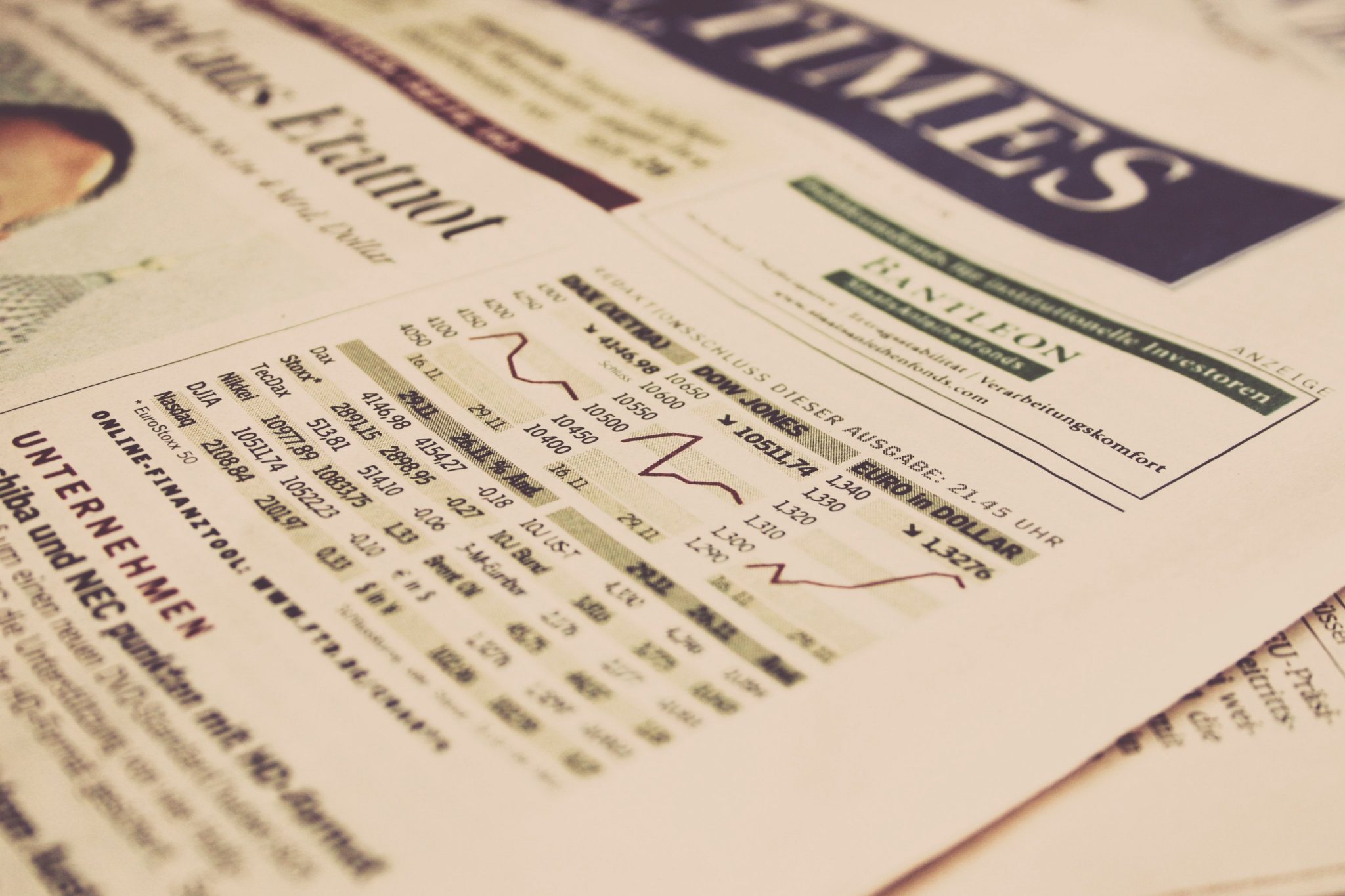In this article I’m going to explain what index investing is and why it is such a good strategy for your retirement.
This article goes a little deeper into market theory, so I want to give you the bottom line up front.
- Index investing simplifies investment selection. When you invest in an index, you are investing in all of the stocks that make up the index and make no attempt to pick the “best” ones or avoid the “bad” ones. That is good because picking the out-performers is largely a function of randomness.
- You inherently accept the average market return for the level of risk you are willing to take. That’s great, because it means you can effectively incorporate that into a financial plan.
- Investing in an index can dramatically reduce your investment expenses and reduce inefficient risks.
- The result is that you end up with the average market return, with less than average risk, at a lower than average cost. You’ll be slightly ahead.
Why Invest in the Index?
When it is done right, index investing takes a lot of the excitement out of investing, and that’s a very good thing. Emotion-driven investment decisions are often disastrous, and as humans we are prone to making them. Why not use an investment strategy that minimizes your emotion’s impact?
Index investing recognizes that investing success is much less about the individual stocks you pick. Rather, it is much more about how those investments complement each other in creating a total portfolio that allows you to balance risk and potential return most effectively to achieve your goals.
Think of this as a two-step process. First, you choose the investments you want. Second, you decide how to combine those investments into a portfolio – your asset allocation.
Index investing takes care of the first step. I’ll address asset allocation in the next article. These two articles explain my investment philosophy.
What is an Index?
An index is a group of investments, usually stocks or bonds, that represent a market (or slice of a market). An index is used to track market performance. The S&P 500 and the Dow Jones Industrial Average (often referred to as simply “The S&P” or “The Dow”) are two of the most common indexes. You’ve probably seen these mentioned in the news. These indexes are both used to track the performance of the largest companies in the United States.
The Dow tracks the price movement of 30 stocks, and the S&P tracks roughly 500.
Indexes are also built to track different slices of the market too. The Russell 2000 index is comprised of 2000 stocks and measures the performance of small US companies.
There are indexes for international stocks, emerging markets, specific sectors such as tech or utilities, high-quality corporate bonds, and junk bonds to name a few. If you can think of a way to divide the market, there is likely an index to track it.
What Determines Stock Prices?
Now, to understand what makes index investing work so well we need to think about how the market functions. Heads up, this section is going to feel a little like you are sitting in a classroom. However, it’s important as it lays the theoretical bedrock for indexing. If you don’t understand it you are not likely to ever be happy with it.
The stock market functions like any other market where prices are determined by supply and demand. If there are more buyers than sellers, this creates upward pressure on stock prices and they rise. When there are more sellers than buyers, prices fall. It’s the price movements that create gains and losses in your portfolio. If you buy a stock a $10 and it subsequently rises to $15, you have a gain. If you buy a stock at $10 and it remains there, you haven’t gained anything. Basic economics.
So, what makes the balance between buyers and sellers, and therefore stock prices, change? Investors perception of stock value. That perception piece is critical.
Information
Ideally, this perception is driven by information. What type of information? Any information that would indicate a change in the value of stocks.
Some examples are changes in broad macroeconomic factors like unemployment, interest rates, or inflation. These broad factors affect the market as a whole. As an example, if the unemployment rate drops this would indicate that the economy is improving and there will be more people working and therefore more people buying goods and services. When more people buy goods and services, companies earn more revenue. When companies earn more revenue, their stockholders’ benefit. Investors will take this as a sign that companies in general will be more profitable. They will buy more stocks and their prices will rise.
Then there is information about specific companies. Think about a drug company that develops a new product. If a long-awaited test shows that the drug is effective, then this is an indication that the firm will be able to make a profit from selling it. Investors will adjust their perception of the stock’s value based on this information and buy the stock. This will push the price up.
Note the distinction between market-wide information, and firm-specific information. We will come back to that later.
The examples are virtually limitless, but you don’t need to understand them all. To understand index investing you only need to understand how stock prices react to information. I’ll cover that next.
Market Efficiency
Index investing is premised on a belief that markets are efficient (Or, at least that we can’t reliably predict inefficiency). This means that any new information about stock prices is quickly and completely absorbed by the market. As soon as new information becomes available buyers and sellers update their perceptions. They then buy or sell accordingly. If this is true, then stock prices are fair representations of their actual value based on ALL currently available information to include future expectations. Only new, previously unknown and unexpected information would provide any value for stock selection.
This is one of the first things you learn in an undergraduate investments course. It is properly known as the Efficient Markets Hypothesis. Specifically, EMH allows for three forms of an efficient market:
1. Weak – Markets aren’t terribly efficient. Some information isn’t quickly or perfectly absorbed.
2. Semi-Strong – Markets are very efficient. Only inside information can be used to gain a market advantage.(Note that it is illegal to trade based on inside information.) The market has already absorbed everything else and it is reflected in stock prices.
3. Strong – Markets are perfectly efficient. The market already “knows” everything, even inside information. Academics and practitioners alike debate the degree of market efficiency. However, that’s a lesson for another day. The generally held form is semi-strong.
And now back to our regularly scheduled programming…
The drunkards walk
Now, lets talk about the nature of NEW information. If information is unknown and unexpected, you would need to be able to predict the future to see it coming. Of course, at that point it is known to you and you would be able to act on that information to gain a market advantage.
But think about that for a minute. In any other context we don’t even hesitate to laugh off the idea of predicting the future. Yet, when we think about the future movement of stock prices, for many people there is an implicit belief in our ability to predict the future.
Unless you can predict the outcome of an event, how can you predict the effect of that outcome? For example, how can you know what the outcome of something like a drug test (or a new product launch) will be and therefore the effect on the company’s stock price?
I suffer from no such delusions.
Even if you thought you could predict the future, you would have to think everyone else could too. They would then have the same future expectations you do, and it would already be reflected in stock prices. This would mean that stocks price has already increased based on positive information, or decreased based on negative information. You can’t act on that information now to gain any advantage.
I hope you ARE a little disappointed. That means this is making sense to you.
So why did I title this section The drunkards walk?
Because future stock price movements depend on unknown information that can’t be predicted, they are said to follow a random walk. This has also been described as a drunkard’s walk.
Picture a drunkard walking down the sidewalk. As he fumbles around, you can’t be sure if his next step will be forward, backward, sideways, diagonal, or any other direction. He may even hop. That’s the case for the net movement of stock prices. They meander randomly.
I like to think of the 2008 crash as the drunkard’s cartwheel.
Putting it all together
Here is hopefully where you get your big “Aha!” moment.
- If the market is efficient and all currently available information is already incorporated into stock prices, then you can’t expect to make above-average investment gains by trading based on currently available information. That’s because everyone else also knows what you know, and it’s already reflected in the price.
- You can’t predict the future. Therefore, you can’t predict what NEW information will become available. It then follows that you can’t know beforehand which investments will outperform in the future.
This may seem complex and theoretical, but the conclusion is quite simple.
Predicting future investment returns is like predicting the weather or the outcome of a sporting event. Sure, there are things we can pay attention to that indicate probabilities: atmospheric pressure, humidity, previous scores, unemployment… but we can’t know for certain. On top of that, sometimes those indicators simply don’t follow their normal pattern.
Have you ever seen the underdog win a game? What about the weatherman? Has he ever surprised you?
Market predictions and investment choices based on those predictions are like the examples above. Probabilistic estimations.
The Keynesian Beauty Contest
If you don’t feel like you’ve gone far enough down the rabbit hole, consider what John Maynard Keynes had to say about predicting stock returns. Keynes was one of the most prominent and influential economists in history. In his 1936 book The General Theory of Employment, Interest, and Money Keynes describes the nature of stock selection like a beauty contest. The contest is set up so that newspaper readers vote on the prettiest 6 faces out of 100.
There is a small but significant twist to his beauty contest.
The competition is between the voters, not the contestants. The voter who correctly chooses the prettiest faces wins. However, the prettiest face isn’t based on some objective measure of beauty. The prettiest faces are determined BY the votes. So, each voter isn’t attempting to choose the 6 faces that THEY think are the prettiest. They are attempting to choose the faces that EVERYONE ELSE thinks are the prettiest.
Of course, every other voter is choosing this way too. This starts a spiral.
Each voter realizes they will win the prize by selecting the prettiest faces based on everyone else’s votes. Therefore, each voter is voting on what they THINK everyone else THINKS that everyone else… thinks. Brain teaser, right?
“It is not a case of choosing those that, to the best of one’s judgment, are really the prettiest, nor even those that average opinion genuinely thinks the prettiest. We have reached the third degree where we devote our intelligences to anticipating what average opinion expects the average opinion to be.”
John Maynard Keynes
It reminds me of that movie Inception where Leonardo DiCaprio experiences dreams within dreams within dreams.
Betting on Average
We need to take this one step further. Think about all the stocks that exist. Some will perform worse than others in the future, some will perform better.
The gains and losses from all of them together would give you the average return of the market. Since the average return is just that – the average of all stock returns – it is a truism that you can’t expect to get an above average return since your chances of choosing only the best stocks are random.
For a simple example, suppose a market has two stocks: A & B
Let’s assume one stock will have a 10% return and the other a 15% return. The average return of this market is 12.5%. What we are saying here is that we can’t know which one is which until after the fact, regardless of which one we pick it must be true that we expect to earn 12.5% from our pick.
Of course, if we choose only one of the two then we will either get 10% or 15% but that is actually the point. We might outperform the average, or we might underperform the average, but we must expect the average.
Remember that you can’t expect to be better than average. We will come back to that later too.
What Makes Index Investing Better?
Two main benefits make index investing a better alternative to analyzing and purchasing specific companies in the hopes that you are picking only the “best” stocks. Diversification and expenses.
Diversification
Refer back to the differences between broad macroeconomic factors that affect the market as a whole, and factors that only affect specific companies.
When you invest in an individual stock you expose yourself to risks that would only affect that company. What if you buy the next Enron? What if you invest in that drug company and they spend billions of dollars developing a new drug only for it to be ineffective?
Both of those things indicate poor profitability. Once investors learn that a company has committed fraud or lost billions of dollars in failed research and development, they will sell, and the price will drop.
You can reduce this risk by diversifying. Instead of buying the stock of only one company, you would buy stock in several. However, now you must analyze all those companies. Not just now, but continuously to decide if you want to continue holding them or sell them.
Then consider what we just discussed regarding that analysis. Your choice is at best a probabilistic estimation and you are likely to be wrong as often as you are likely to be right. Remember that it is mathematically necessary that you expect for your gains and losses to even out to the market average. The average IS the average.
You can simply accept this for what it is and buy ALL of the stocks in a given index. That eliminates the need to analyze each company individually.
When you buy the index, you WILL buy the next Enron. But, you will also buy the next Walmart. You’ll also buy a whole host of other companies. You’ll be diversified enough that the individual differences won’t matter, and you’ll get the average return of that market. Average return is what you should have expected anyway given that you can’t predict the future.
Expenses
Then, there is the expense of investing in each of those companies. I don’t mean just the money you invest. Any time you buy or sell a stock there are transaction costs. There are brokerage fees, commissions, and ticket charges for each trade you place.
There is also the fee of paying someone to perform all of the analysis, or the time commitment if you do it yourself.
When you invest in an index through an index fund, you eliminate a large portion of the fees. You also save yourself a lot of time and the headache of analyzing and purchasing each stock individually.
The internal expenses of index funds are substantially less than actively managed funds. They are often 1/3 or less than actively managed funds.
As an example, I just checked IVV, an index ETF by Blackrock that tracks the S&P 500. It has a net expense ratio of .04%. That is incredibly cost effective.
How Do I Invest in an Index?
It would be incredibly difficult, time consuming, and expensive to find all the stocks that make up an index and then purchase each one individually. Fortunately, you don’t have to. Many investment companies offer mutual funds and ETF’s that track indexes.
Vanguard was the pioneer in this frontier and is still widely known for its index funds. iShares by Blackrock is another popular line of index ETFs. Most fund companies offer them now.
You can go directly to a fund company to purchase their funds online or use one of the online brokerages. Fidelity has a good lineup of index ETFs. The popularity of index funds means they are now widely available.
Don’t Forget About Asset Allocation
Choosing to invest in index funds is only part of the total investing picture. Remember that you also need to decide how you will balance your index funds, which I explain here.
To get help from a fee-only fiduciary and make sure that your investments align with your retirement plan, email me at [email protected] or call 903-471-0624 and I’d be glad to help you.







